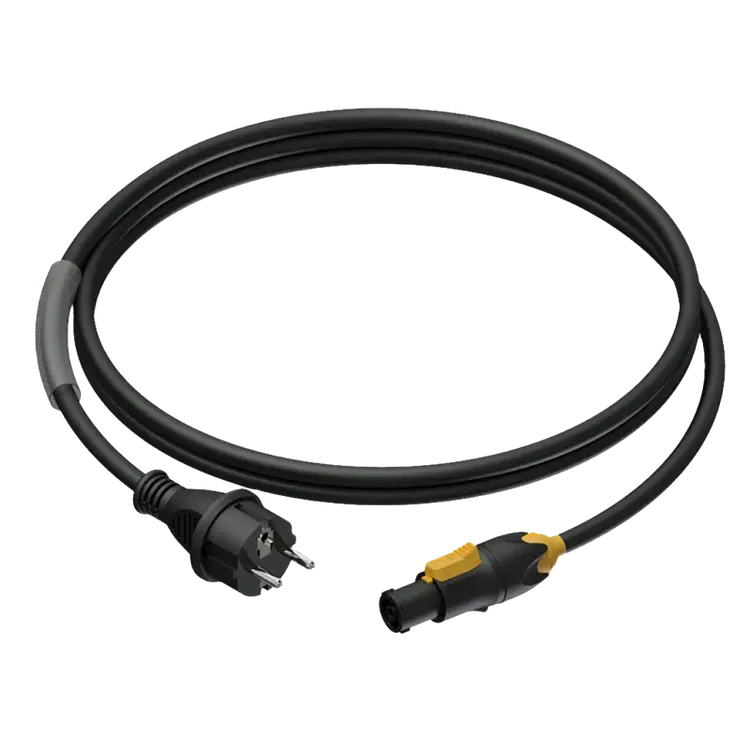
Angle is more than a technical coordinate: it reads as a semantic choice. From frontal to counter, side to lower or top light – each angle changes how the audience reads a face, a gesture, or a prop. The same actor lit from below looks threatening; lit from above they can seem weary or crushed; backlight isolates and mystifies; side light reveals texture and movement.
A practical classification: frontal, front-top (45°–60°), side, top, back (contre-jour), bottom. Use a key (dominant) source plus fill(s) to shape shadows. Balance key and fill by brightness and colour so shadows remain meaningful–never erase them with too many equal-quality sources. In rehearsal, test angles on costume fabrics and make note of how shadows model faces and bodies.
Rule of thumb: shadows define volume. When you need intimacy and psychological detail, favor stronger directional modelling; when you need clarity across sightlines, choose wider front-top coverage but preserve a measured contrast to avoid flattening. Combine angles strategically – the interplay is the language.
Editor: Alex Deno, Founder Sundrax. For rigging suggestions and position diagrams see our blog.
